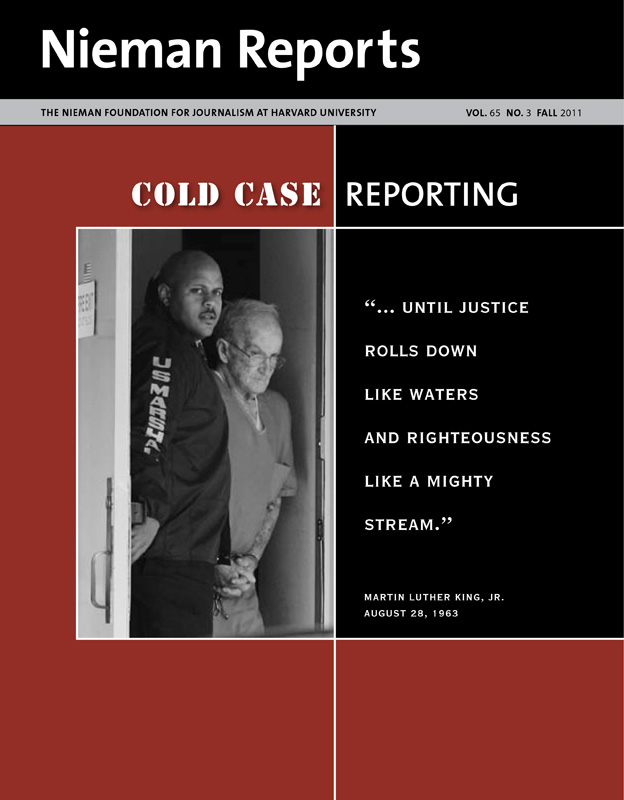I am developing a framework for consensus-building journalism, what I call the C-bJ model. I believe it can be a starting point for collaboration with media outlets. For such meshing to work effectively, mediation training and the adapting of journalism practices are required. Here, I offer an overview of how this approach might work.
RELATED ARTICLE
“Consensus-Building Journalism: An Immodest Proposal”
- Gilda C. Parrella A typical mediation goes through several stages—storytelling, defining problems, setting a joint agenda, brainstorming solutions, and developing agreements. A similar roadway would need to be found in the blending of journalism with online community building. If we take a divisive issue such as reforming Medicare, this is how I'd envision C-bJ working:
- Journalists assemble (online) invited and randomly selected parties or communities representing diverse interests. For the process to work there must be a true representation of those on conflicting sides of issues such as the protection of vulnerable populations vs. a concern for general well-being, addressing rising health costs at a time of shrinking revenue sources, and the growth of an aging population vs. the needs of younger generations.
- In the storytelling phase, journalists interview and engage these parties as various voices find expression in moderated interactive forums. The needs and interests they bring forth in sharing stories then create a joint agenda for future negotiation and brainstorming. Having people hear each other's stories is also important for its therapeutic value.
- Journalists analyze the issues that emerge, then reframe them with the goal of finding common ground and workable solutions with this diverse online group. At this stage, just as mediators do, journalists will start to recognize the depth of feelings that some people hold about what others might regard as cut and dry financial decisions or ideological battles.
- The negotiation process begins as journalists brainstorm with those who are at this online table to generate options that serve multiple interests. It's an essential step in maintaining connections to the process and remaining dedicated to the outcomes. The key question at this point: How are the group's fundamental needs and interests satisfied without sacrificing the needs and interests of others? This is a fundamentally different question than asking how much support one side has versus another.
- In the final phase, journalists and participants engage in reality testing as they refine and renegotiate agreements to determine if their ideas would work. With the intention of seeking feedback to improve on agreements and make them workable, the results are then widely circulated to a broader public, elected officials, and other stakeholders.
It will be the rare journalist who in reading about this idea feels comfortable with either the process or, in some cases, the mission. It's a radical departure from the way things are or ever have been for reporters and editors. Yet we live in radically different times, with media that are already changing relationships among journalists and those who absorb (and now interact) with the work they do. When mediators suggested a different way to resolve nasty divorces and civil cases, acceptance was, at first, slow, and then as word spread of its benefits, the numbers opting for this different way increased.
Perhaps this will happen with journalists. Time will tell if it does.



